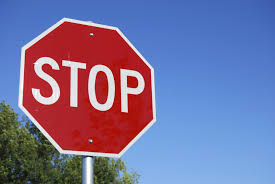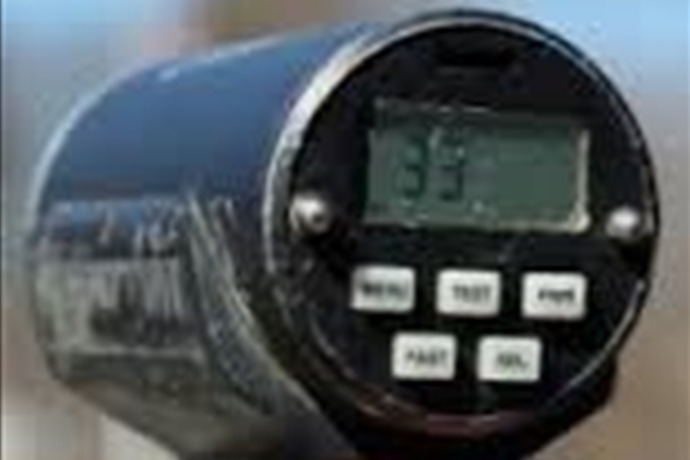|
Our three grown children love their home town; two of them have moved back. All three have the same reaction to what used to seem like a sleepy town on a peninsula, far from the main highways:
Drivers are nuts. The back streets, where our children walked to school and some of our grandchildren now walk, have become obstacle courses for drivers that run stop signs, tailgate, speed, make turns without signaling, and other dangerous moves. I hasten to add, the offenders are not some mysterious “them,” outsiders new to the ways of suburbia or America. The enemy is us – commuters and other locals, mostly in the physical prime of life, trying to control mammoth vans and SUVs, with one hand on a cup of coffee, the other hand on a smartphone. (That adds up to two occupied hands.) I recently did a stint, driving a family member to an early train for a month or so. Heading toward the station in the morning is worth your life, with drivers exhibiting white-line fever, fearing they will miss the last available parking space in town. Drivers would speed around you as your passenger disembarked. Many of the drivers do not seem to be making eye contact, or looking at anything in particular. They are just in panic mode. Is it Ebola, or ISIS, or the stock market, or looming college tuition, or general anxiety that none of us will be able to meet the shocking taxes and expenses of living in a nice Long Island suburb? It’s not just family members that feel this way. I was waiting to cross a main street the other day, when a 30-ish driver made a dangerous left turn across two lanes of oncoming traffic. The crossing guard and I shook our heads. She grew up in town. Things are different these days, she said. The crossing guards do their best. The guards based near the post office are great at screaming at dangerous offenders, making them stop and listen to a lecture. Good for them. They are standing up for their town. But they are dealing with drivers who seem to have grown up thinking the rules do not apply to them. The other day I saw a welcome sight – an unmarked car, parked unobtrusively, with a radar gun outside the driver’s window, monitoring the main street, not far from where a pedestrian got run down and killed a few months ago. Dropping the speed limit from 30 to 25 would be a good idea, too. But I’m not sure our pre-occupied new breed, on their smartphones, would notice.
7 Comments
Brian Savin
10/23/2014 12:27:25 pm
Sorry to start things off again, but your post strikes home. In our old home, downstate in CT, the traffic got so bad on a street from the local grocery to our neighborhood that the folks on the most popular street convinced our local officials to set up speed bumps on their street that worked very well. In my current country home, there is a community of houses at the end of a dead end (very much like Long Island) about a mile or two away that were built by members of the 1920's Yale English Department, that are now converted into year round homes that too frequently use my small road for access to civilization. I think I will propose that my road be dug up and unpaved. After these weekenders accumulate enough dust and dirt on their BMW's perhaps they will slow down and use another road. George, you are a nice guy, unlike me (though I wish I were). You hit a nerve.
Reply
George Vecsey
10/24/2014 02:33:04 am
Nah, I'm not a nice guy. Got references. I grew up on a busy street in Queens, buses and cars zipped by, it was hard getting out of our driveway. Now I see yuppies driving around the neighborhood, blowing through stop signs. Feel like I'm back in central Queens. GV
Reply
10/25/2014 07:45:14 am
What is it that effects people when they get behind the wheel of a car, or get on a bicycle? I have always felt that a psychiatric exam should be required to obtain a driver’s license.
Reply
George Vecsey
10/25/2014 10:55:03 am
Alan, thanks, I did my share of impetuous, why-don't-these-fools-get-out-of-my-way driving, as a young working guy.
Reply
10/28/2014 01:57:01 am
Hey, George. My town in central Conn is a lot like I remember your town was when I grew up there in the 1950s and 1960s. But still my burg is changing, with more commerce, more people, and more distracted drivers. I bear this in mind when I'm out jogging. Beware the distracted person behind the wheel of a death machine. But what's going on? Stress and distraction, as you say. There are countless contributors: jobs, trains, day care, soccer practice, sick parents, college applications and societal ADD thanks to ubiquitous broad band and ever smarter and portable communication devices. Cars are now coming out with WIFI installed, go figure. My hunch, and it's not terribly original, is that all this deep-seated anxiety is part of an inchoate fear about the future - terrorism, disease, the environment and, perhaps most immediate, an economy that will no longer deliver economic security or opportunity as many of us knew growing up in the second half of the last century. There will be only so many winners - better get there before the next guy/gal. I know this sounds a bit removed from the problem of the nut who just cut you off on Main Street, but I can't help but think that it's all part of a complex juncture where we find ourselves today. I hope it's transitional. In the meantime, I'm all for those radar traps! Best.
Reply
George Vecsey
10/28/2014 08:20:29 am
Peter, thanks, I agree, general anxiety. I came along in a generation that had a lot of optimism. I don't blame younger people for thinking they are missing out, the system is rigged. That's exactly how they drive. Just had a guy honk at me when the light changed on Beacon Hill, where the speed is 25. My wife waved at him. He was in one hell of a hurry on a lovely afternoon.
Reply
Leave a Reply. |
Categories
All
|











